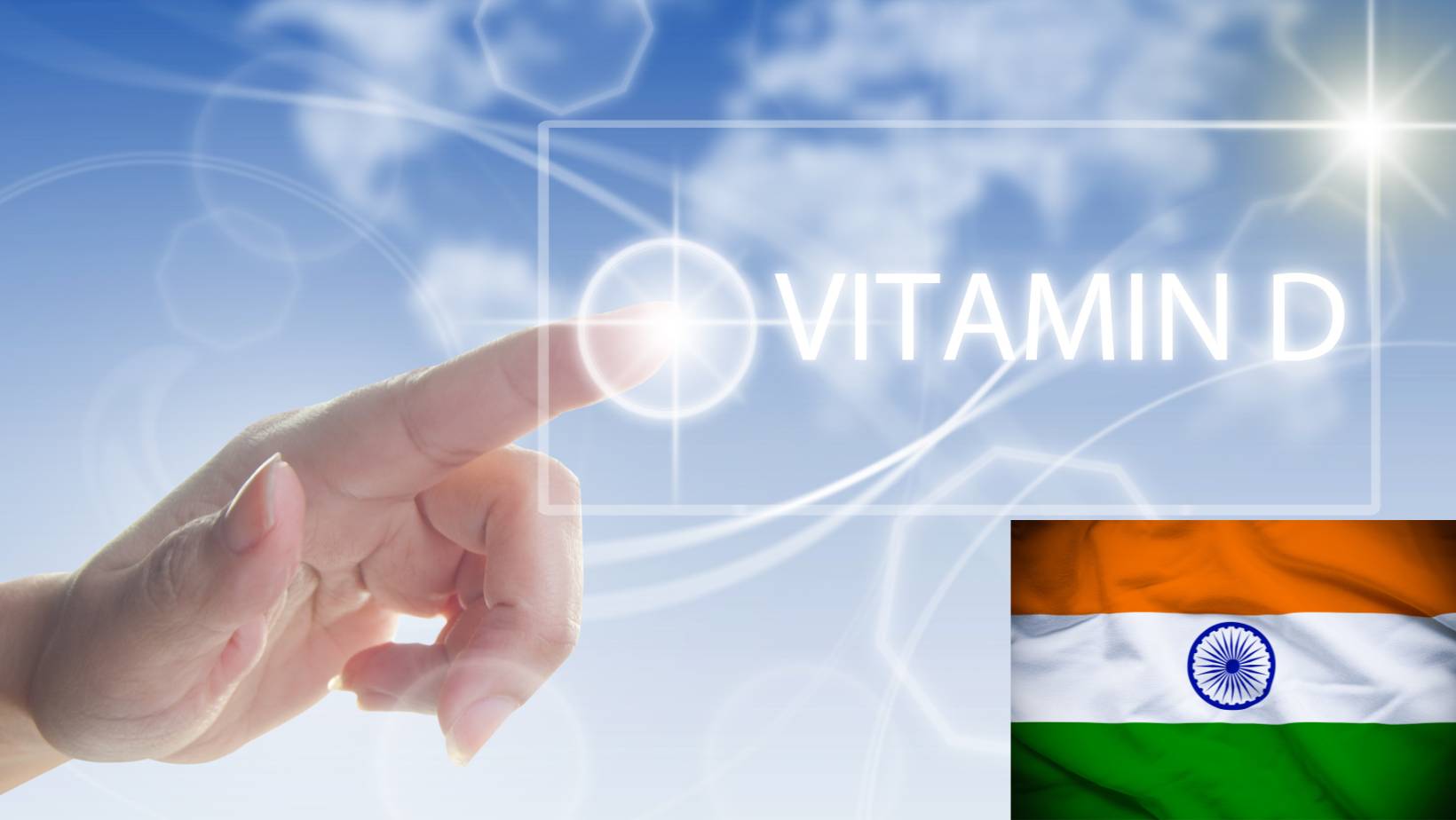It’s a health crisis of staggering proportions, yet it remains largely unrecognized and untreated. According to a groundbreaking study published in the journal Nutrients, a shocking 70-100% of India’s population suffers from vitamin D deficiency. The research, led by Dr. Priya Gupta and her team at the Charak Foundation, paints a grim picture of a nation on the brink of a public health catastrophe.
“Vitamin D deficiency is prevalent in epidemic proportions all over the Indian subcontinent,” the study authors warn. “Subclinical vitamin D deficiency is highly prevalent in both urban and rural settings, and across all socioeconomic and geographic strata.”
The Surprising Inefficacy of Sun Exposure
In a sunbaked country like India, one might expect vitamin D deficiency to be a rarity. However, the study reveals that Indian socioreligious and cultural practices, coupled with urbanization and increasingly indoor lifestyles, have rendered sun exposure a surprisingly ineffective solution.
“Most Indians do not get adequate sun exposure to produce sufficient amounts of vitamin D endogenously,” explains Dr. Anand Singh, a co-author of the study. “Indian social norms dictate that most parts of an individual’s body be covered, and in big cities, high population density and air pollution further limit the potential benefits of sunlight.”
The Far-Reaching Health Implications
The consequences of widespread vitamin D deficiency are far-reaching and potentially devastating. The Nutrients study suggests that low vitamin D levels are likely to play a significant role in the high prevalence of rickets, osteoporosis, cardiovascular diseases, diabetes, cancer, and infections like tuberculosis in India.
“Vitamin D sufficiency is essential for optimal health,” stresses Dr. Gupta. “It’s not just about preventing rickets and osteoporosis. Emerging research indicates that vitamin D plays a critical role in immune function, cardiovascular health, and even cancer prevention.”
The Calcium Conundrum
Compounding the problem is the fact that most Indians consume far too little dietary calcium. The study found that low calcium intake, in conjunction with vitamin D deficiency, leads to secondary hyperparathyroidism (SHPT) – a condition that further exacerbates bone loss and fracture risk.
Unraveling the Phytate Factor
“The Indian diet is generally high in phytates, which can chelate calcium and reduce its absorption,” notes Dr. Gupta. “This is particularly problematic for the economically underprivileged, who often rely on phytate-rich cereals and legumes as their primary sources of nutrition.”
Fortification: The Way Forward?
With sun exposure proving inadequate and dietary sources of vitamin D limited, the study authors argue that food fortification may be the most viable population-based strategy to tackle India’s vitamin D crisis.
“Fortification of widely consumed staple foods with vitamin D could significantly improve the vitamin D status of the Indian population,” suggests Dr. Singh. “Unlike supplementation, fortification would provide a cost-effective and low-risk approach to raising vitamin D levels on a nationwide scale.”
A Call to Action
The study concludes with an urgent call for the Indian government and healthcare authorities to recognize vitamin D deficiency as a public health emergency and to implement educational and interventional strategies to combat the crisis.
“It’s time for India to take aggressive action against vitamin D deficiency,” asserts Dr. Gupta. “By fortifying staple foods, launching public awareness campaigns, and making vitamin D supplements more affordable and accessible, we can prevent untold suffering and save countless lives.”
Shedding Light on Vitamin D: Your Questions Answered
What are the best dietary sources of vitamin D?
Unfortunately, very few foods naturally contain significant amounts of vitamin D. Fatty fish like salmon, mackerel, and tuna are among the best sources, but they are often unaffordable or culturally inappropriate for many Indians. Some mushrooms and fortified dairy products can provide modest amounts of vitamin D, but not enough to compensate for the widespread deficiency [1].
Can I get enough vitamin D from sun exposure alone?
While sun exposure is the most natural way to boost vitamin D levels, it’s often insufficient for Indians. Clothing norms, urbanization, air pollution, and indoor lifestyles all limit the skin’s ability to synthesize vitamin D from sunlight. Moreover, darker skin pigmentation reduces the efficiency of vitamin D production, meaning Indians need more sun exposure than fairer-skinned individuals to produce the same amount of vitamin D [1].
Are vegetarians at higher risk of vitamin D deficiency?
Yes, vegetarians and vegans are particularly prone to vitamin D deficiency, as the best dietary sources of the nutrient are animal-based (fatty fish, egg yolks, certain dairy products). However, the study emphasizes that vitamin D deficiency is widespread across all dietary groups in India, suggesting that diet alone is not the root cause of the problem [1].
What can the Indian government do to tackle the vitamin D crisis?
The study authors recommend a multi-pronged approach, including fortifying widely consumed staple foods with vitamin D, launching public awareness campaigns about the importance of the nutrient, and ensuring better access to affordable vitamin D supplements. They also call for revised dietary guidelines, improved testing facilities, and support for further research into the health impacts of vitamin D deficiency [1].
[1] Ritu, G., & Gupta, A. (2014). Vitamin D Deficiency in India: Prevalence, Causalities and Interventions. Nutrients, 6(2), 729-775. https://doi.org/10.3390/nu6020729
